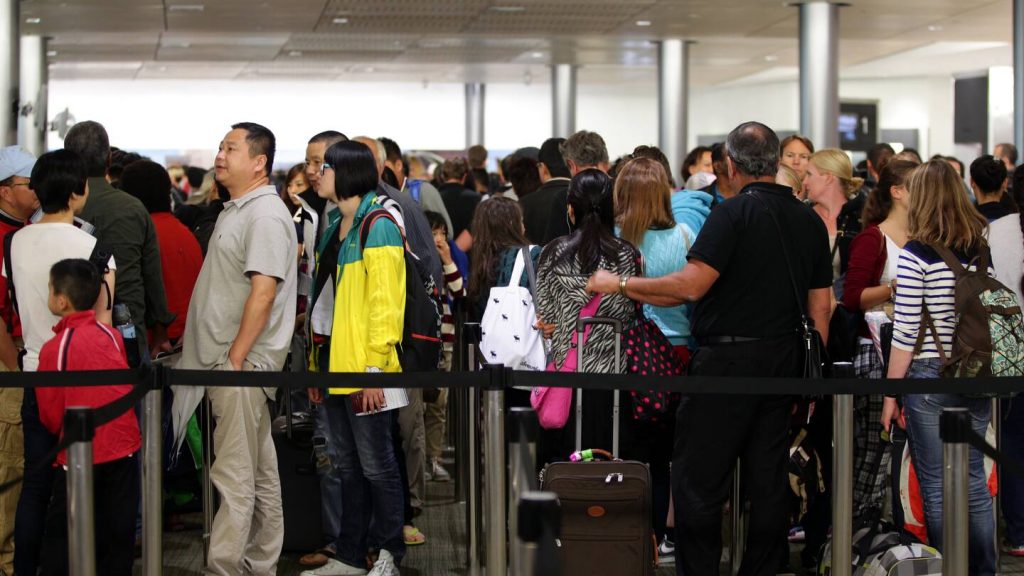New Zealand has seen a sharp slowdown in permanent and long-term migration, with new figures showing a steep drop in the number of people settling in the country. According to Stats NZ, only 460 people were recorded under permanent or long-term migration in August 2025 — a major fall compared to 1,770 in the previous month.
The report described it as a “notable slowdown,” reflecting changes in both migrant arrivals and departures. Provisional estimates showed that for the year ending August 2025, migrant arrivals totaled about 138,600, which is a 16% decline compared with the previous year. In contrast, migrant departures rose by 13% to around 127,900.
This means that New Zealand’s annual net migration gain was estimated at only 10,600 people, a significant drop from the gain of 51,600 recorded the previous year. The data highlights how the country’s migration trend has cooled after reaching record highs in 2023.
Why did New Zealand’s migration numbers fall so much?
Experts believe the slowdown could be due to stricter immigration policies, a cooling job market, and rising living costs, which may have discouraged newcomers. At the same time, more residents are moving abroad for work or study opportunities, contributing to higher departures.
Stats NZ data shows that annual migrant arrivals peaked at 234,800 in the year ending October 2023, while migrant departures reached their highest point — around 128,000 — in July 2025. The country’s net migration gain also hit its peak in October 2023 with a record 135,500 people.
The sharp decline suggests that the post-pandemic migration surge, which helped boost New Zealand’s labour market and housing demand, may now be slowing. Economists say the shift could impact population growth and the availability of skilled workers in sectors like healthcare, construction, and education.
Government officials have not yet commented on whether new migration policies will be introduced to address the slowdown. However, the trend is expected to remain under close watch as it could influence future economic planning and workforce development in the country.
With fewer migrants arriving and more people leaving, New Zealand faces a new challenge: how to sustain its economy and fill key labour gaps while managing migration responsibly.

